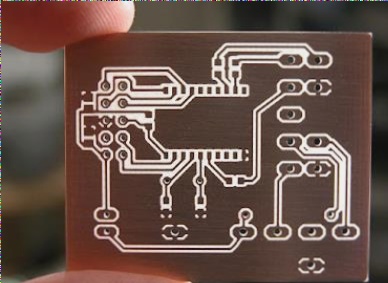EMC design expertise in PCB circuit board products.
Proper PCB design is essential for electronic reliability, emphasizing effective grounding, separation of digital and analog circuits, appropriate wire widths, and strategic layout to minimize interference and enhance noise immunity.
EMC design expertise in PCB circuit board products. Read More »








